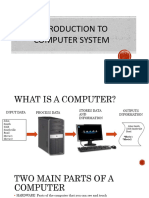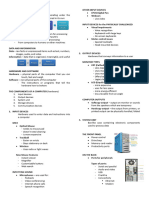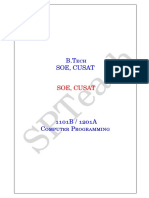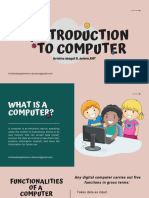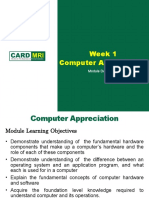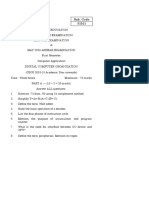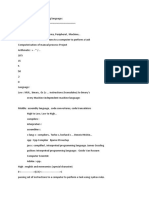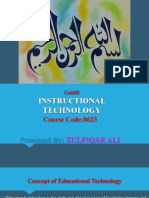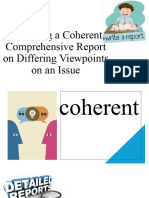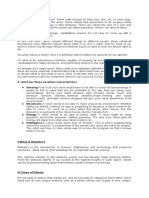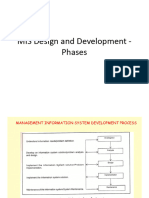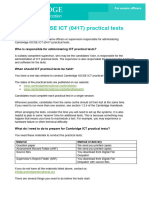0% found this document useful (0 votes)
15 views93 pagesLesson 1.2 Types of Computerquiz
Uploaded by
angelinemamangun10Copyright
© © All Rights Reserved
We take content rights seriously. If you suspect this is your content, claim it here.
Available Formats
Download as PPTX, PDF, TXT or read online on Scribd
0% found this document useful (0 votes)
15 views93 pagesLesson 1.2 Types of Computerquiz
Uploaded by
angelinemamangun10Copyright
© © All Rights Reserved
We take content rights seriously. If you suspect this is your content, claim it here.
Available Formats
Download as PPTX, PDF, TXT or read online on Scribd
/ 93















